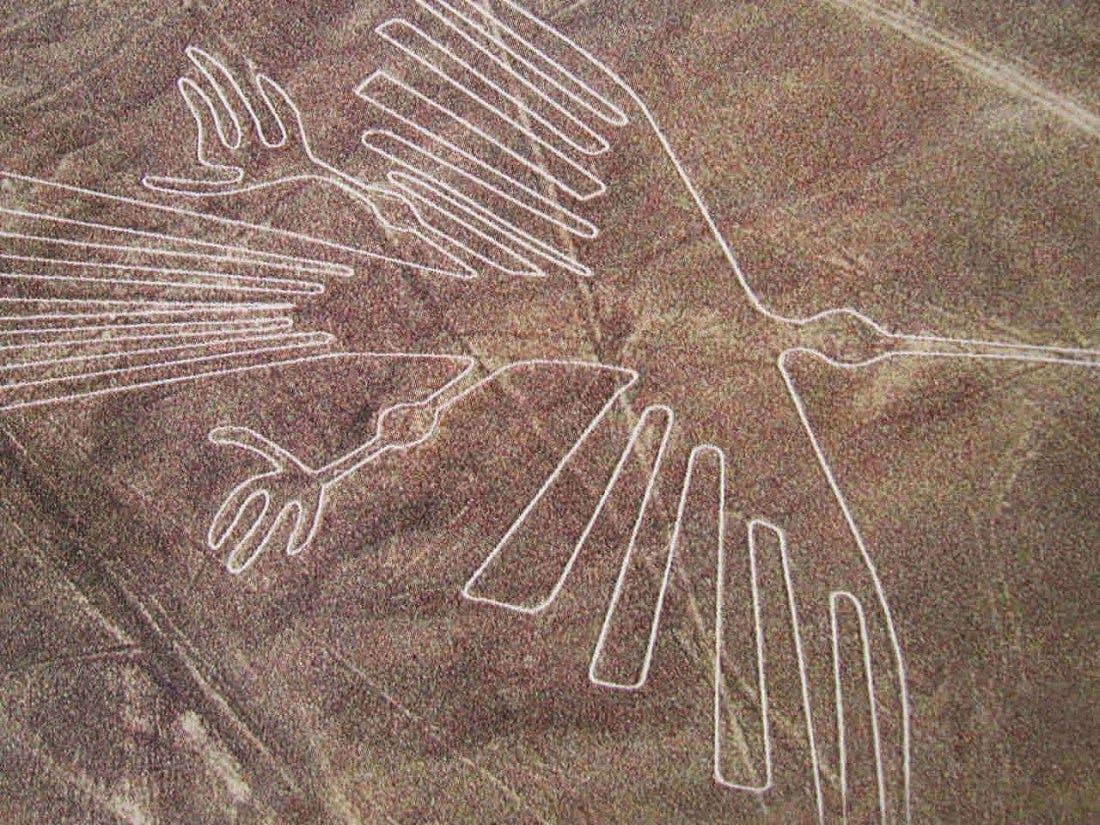The Enigmatic Nazca Lines: Unraveling the Mysteries of an Ancient Peruvian Desert Masterpiece
The content explores the enigmatic Nazca Lines, a series of ancient geoglyphs located in the Peruvian desert. These intricate designs, which include lines, geometric shapes, and depictions of animals, have fascinated explorers and scholars for centuries.
The article discusses the various theories surrounding the purpose of the Nazca Lines. Some believe they were used for ceremonial or religious reasons, such as pilgrimage routes or sites for sacred ceremonies. Others speculate that the lines were used to track the movement of the sun and stars during the annual cycle.
The most surprising aspect of the Nazca Lines is the precision and accuracy with which they were created, despite the lack of modern technology available to the ancient Andean civilizations. This has led to the most intriguing and debated theory - that the Nazca Lines may have been a form of communication with extraterrestrial beings, either as reference points for UFOs or as reception signals.
The article concludes that the mystery and charm of the Nazca Lines persist, with each new discovery or theory adding to the complexity of their origins and purpose. The ingenuity and abilities of the ancient civilizations that created these remarkable structures continue to inspire wonder and admiration.
Customize Summary
Rewrite with AI
Generate Citations
Translate Source
To Another Language
Generate MindMap
from source content
Visit Source
medium.com
The Secrets Engraved in the Peruvian Desert: The Mystery of the Nazca Lines
Key Insights Distilled From
by at medium.com 04-14-2024
https://medium.com/@thefairzack/the-secrets-engraved-in-the-peruvian-desert-the-mystery-of-the-nazca-lines-e71c7fbb13bf
Deeper Inquiries
